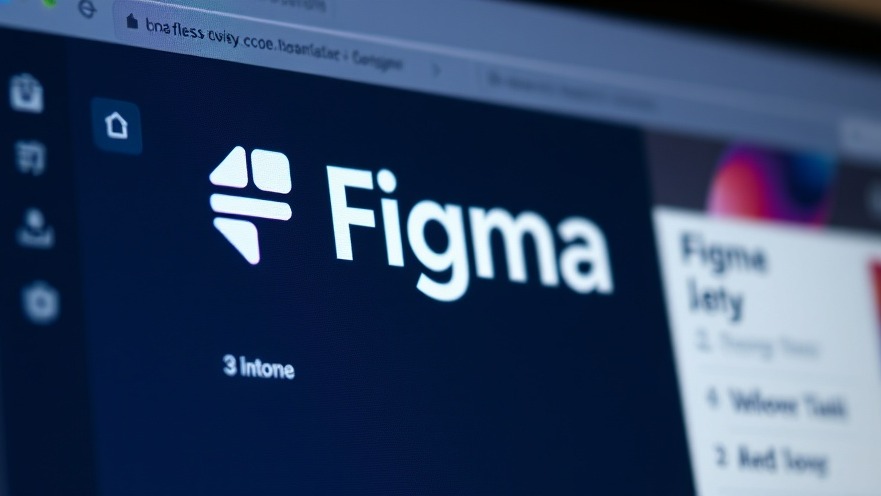
The Figma Dilemma: Balancing Collaboration and Individual Vision
Collaboration tools like Figma offer a promise of streamlined workflows and enhanced creativity. However, they can sometimes become a double-edged sword, leading to chaos and confusion within design teams. For many professionals, the influx of opinions and constant edits can compromise the original creativity. Let’s dive deeper into this phenomenon and uncover strategies for overcoming the challenges it presents, especially for franchisors who aim to maintain operational consistency.
Too Many Cooks in the Kitchen
While too many voices can add a wealth of ideas, they can also dilute the essence of a design. As the original article highlights, there can be an overwhelming amount of feedback when everyone feels they have the right to edit. This phenomenon was referred to humorously as the "Frankenstein monster effect," where a cohesive design morphs into a haphazard amalgamation of opinions, often leading to decision fatigue. For franchises, this can mean losing sight of brand consistency that must remain uniform across locations.
The Impact of Decision Fatigue
As mentioned in the second reference, continuous decision-making can lead to decision fatigue, which drains creativity and focus. This fatigue may especially hinder designers’ capacity to deliver quality work. When collaborating in real-time using tools like Figma, team members can suffer emotional strain from managing feedback along with technical demands. For franchisors and their teams, this exhaustion can translate directly to inconsistent service or product offerings across their locations, impacting overall brand integrity and customer experience.
Setting Boundaries to Optimize Collaboration
One effective way to combat the issues stemming from too many collaborators is to establish clear boundaries for contributions. For example, limiting editing rights can ensure that only key designers make significant changes, while others can provide structured feedback. This approach not only saves time but enhances the likelihood of more thoughtful and impactful contributions. Organizing feedback sessions rather than allowing comments to trickle in endlessly can streamline the decision-making process, which is critical for ensuring operational efficiency in franchises.
Strategic Collaboration: Less is More
Throughout various projects, I have found that sometimes, less collaboration yields better results. Scheduling specific times for feedback and leveraging asynchronous comments can be a game-changer, relieving the pressure to respond instantaneously. This allows designers to create with less interruption, honing in on their vision before sharing their work with the collective team. For franchise operations, this means maintaining brand quality while efficiently managing multi-location feedback, ensuring each touchpoint aligns with the overarching brand ethos.
Emotional and Creative Insights
Ultimately, the Figma dilemma reveals the importance of managing emotional and mental resources. Understanding how to navigate the complexities of collaboration is crucial for designers aiming to produce creative solutions without burning out. Franchises can benefit from fostering an environment that encourages creativity while also protecting workspace integrity. Training teams on recognizing decision fatigue could foster longevity and satisfaction within their roles, ultimately improving franchisee performance across the board.
Conclusion: Finding Balance in the Design Process
While tools like Figma offer immense collaborative potential, the effectiveness lies in how they are used. By setting boundaries, prioritizing collaboration strategy, and recognizing the importance of individual vision, teams can harness the power of collaboration without compromising quality. For franchisors, this means leading by example, cultivating operational excellence and maintaining a robust brand presence that resounds throughout each franchise location.
 Add Row
Add Row  Add
Add 




Write A Comment